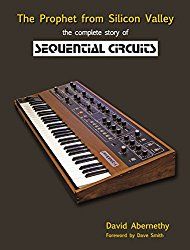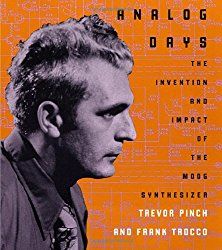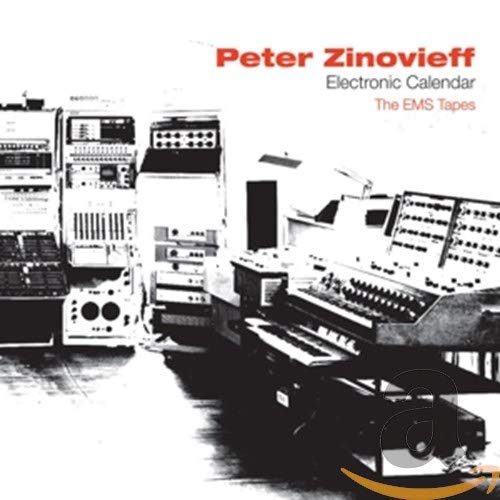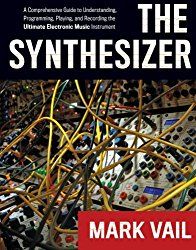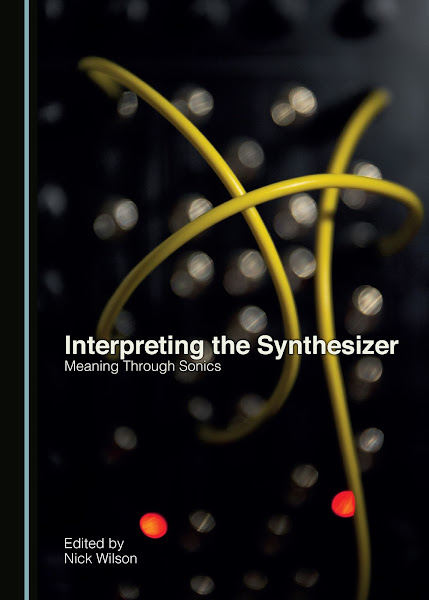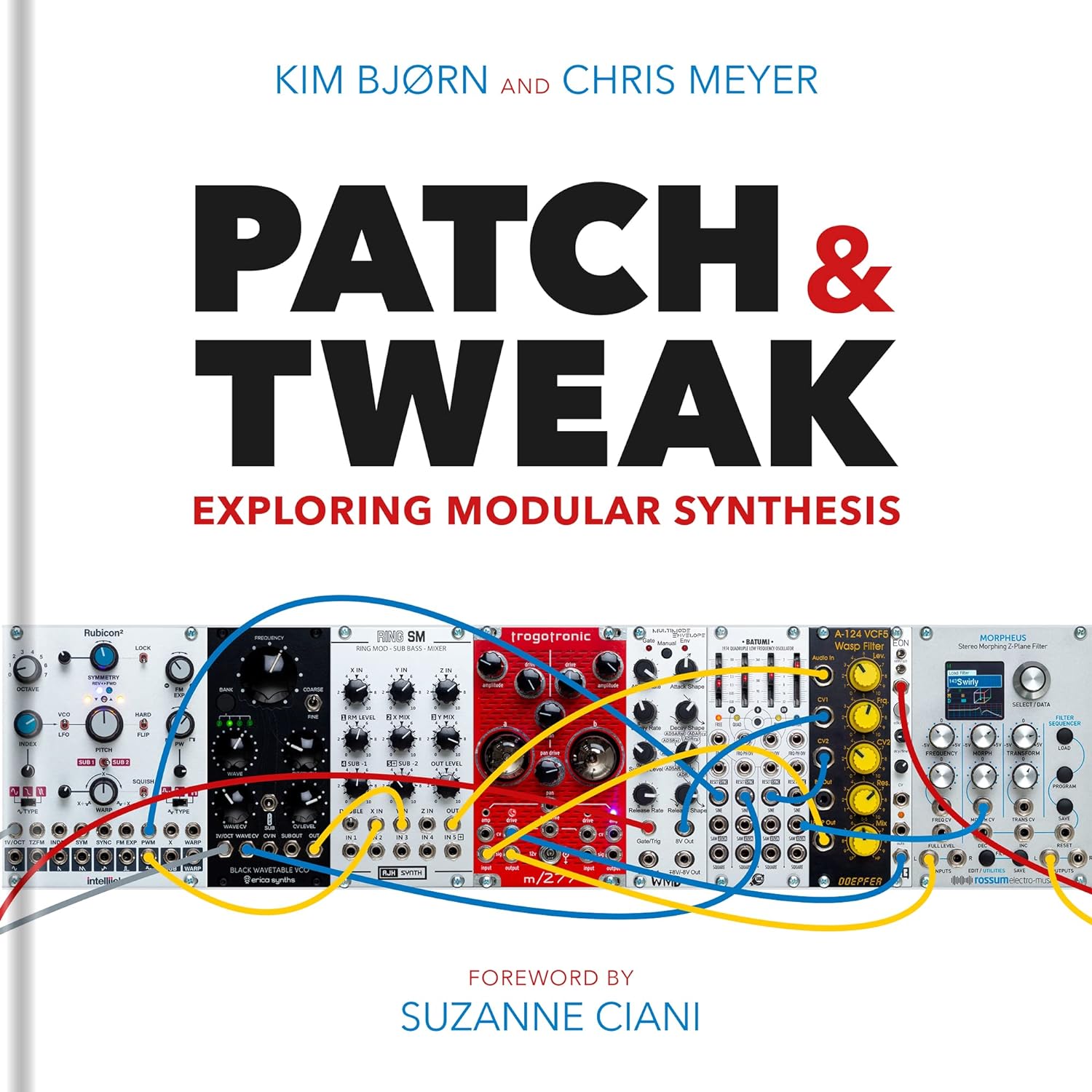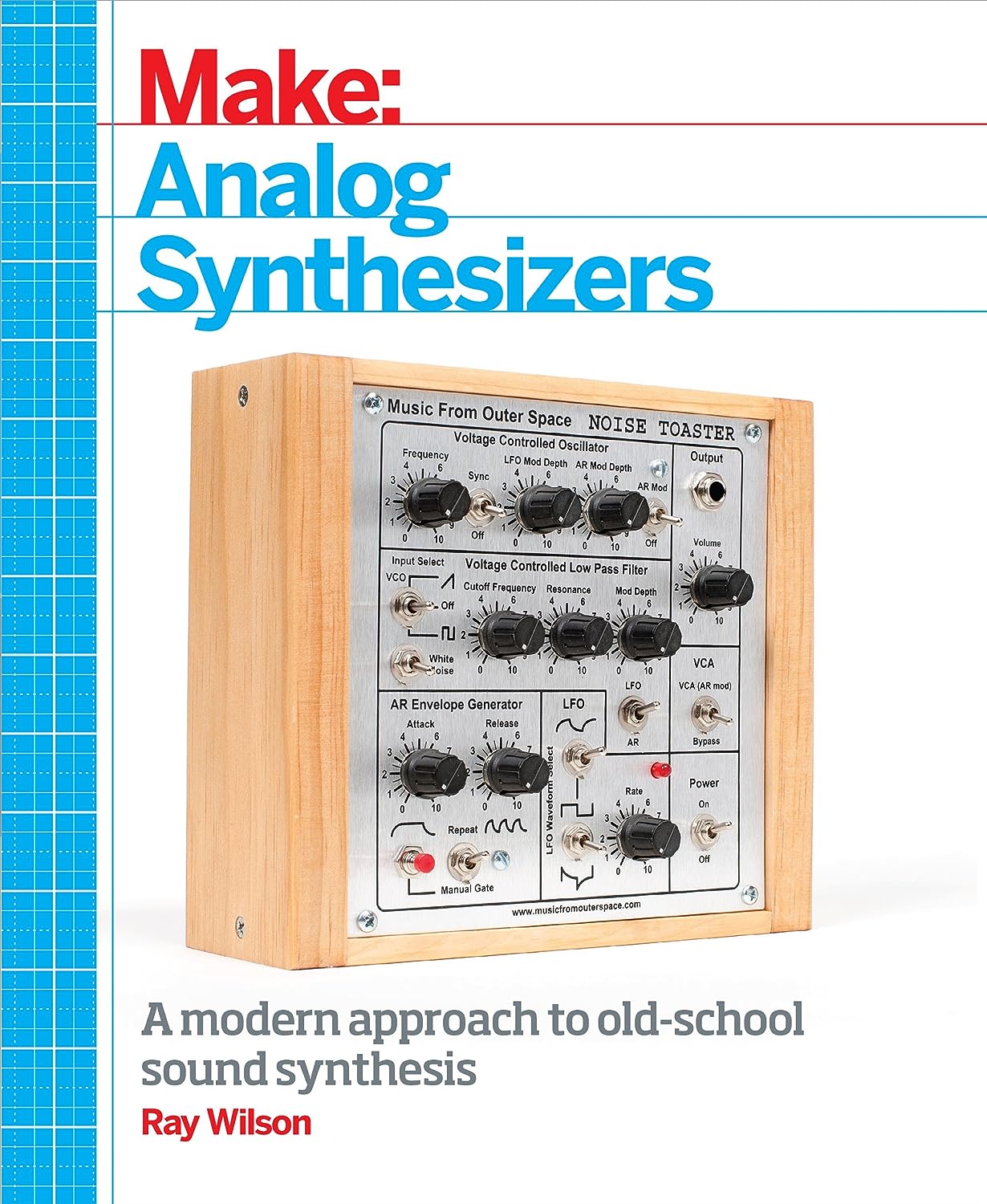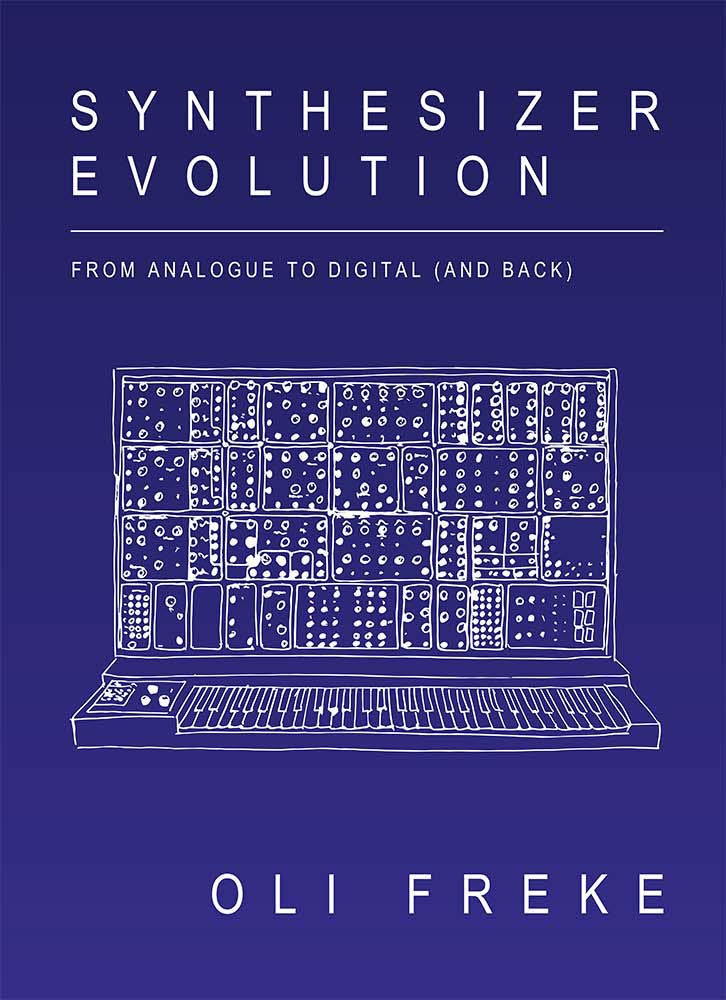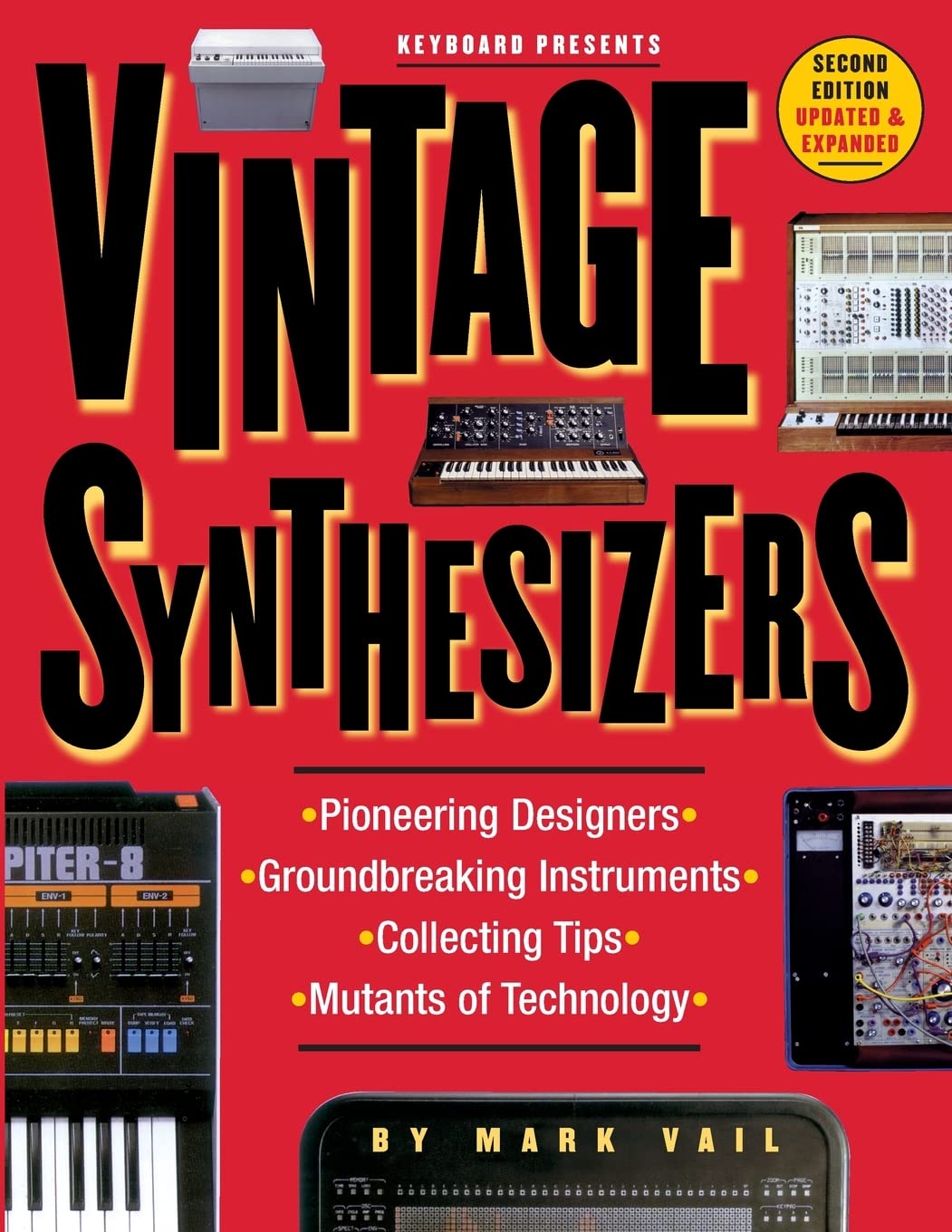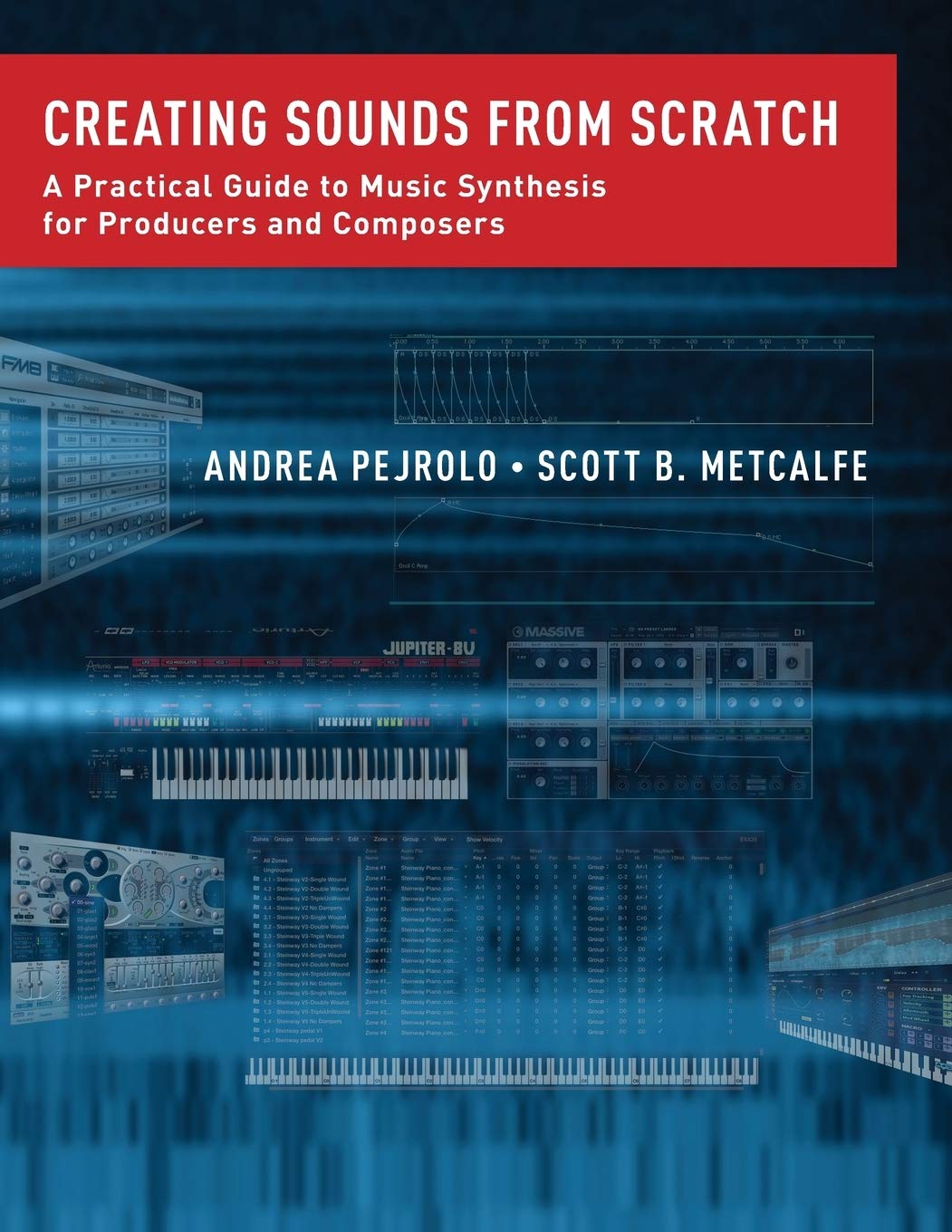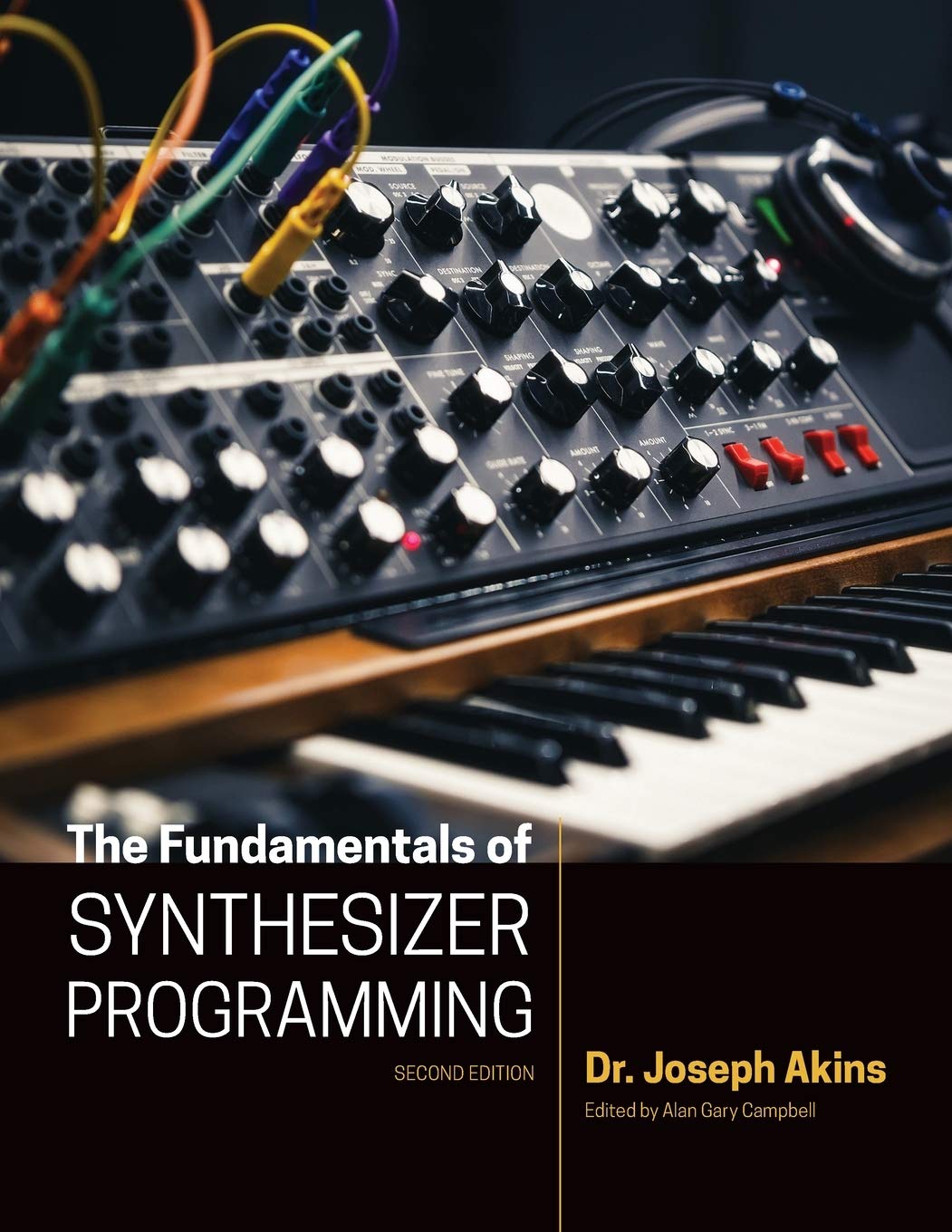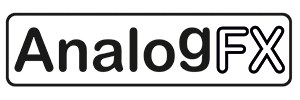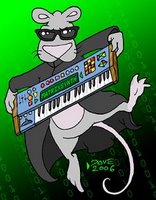First announced
back in November, the new Analogue Solutions Nyborg-12 is now available.
"Analogue Solutions ships space-saving real analogue monosynth module with SEM-style filter
KINGSWINFORD, UK: British ‘boutique’ analogue synthesiser and accessory designer/manufacturer Analogue Solutions is proud to announce availability of its all-new Nyborg-12 — an Oberheim SEM-style 2-Pole 12dB/Octave MULTIMODE FILTER-equipped standalone monophonic synthesiser module with real analogue voice and modulation circuitry — as of February 4...
An analogue renaissance has ensured that the one-time state-of-the-art sounds of analogue synthesisers have long since become highly sought after again. Why? Well, many musicians realised that the convoluted menu-driven access systems deployed on many ‘modern-day’ digital synthesisers with weaker sounds bathed in built-in effects are no substitute for the hands-on immediacy of having access to a control per function at hand when it comes to speedy sculpting of ear-opening and often powerful electronic sounds suited to a variety of musical genres. With more mainstream recording artists and producers than ever now relying on custom sounds as a result of this rising and renewed interest in analogue (subtractive) synthesis, is it any wonder, then, that yesteryear’s often wonderful-sounding (though not necessarily reliable) analogue classics are rapidly rising in value, pushing them out of reach of many musicians of more meagre means? Meeting this demand head on, more analogue synthesisers than ever before are available today from manufacturers both bigger and smaller. Into this healthy and highly-competitive climate comes Analogue Solutions’ latest analogue offering, the Nyborg-12 SEM synthesiser — so-called on account of its 2-Pole 12dB/Octave MULTIMODE FILTER, the same flexible filter with LP (lowpass), BP (bandpass), HP (high pass), and NOTCH settings that is used on Analogue Solutions’ own Telemark SEM semi-modular synthesiser, similar (though not identical) to Tom Oberheim’s original 1974-vintage SEM (Synthesizer Expander Module®), much sought after itself.
So what makes Nyborg-12 so special so that it stands out from the sound of the synth crowd? To put it bluntly, there are analogue synthesisers and then there are real analogue synthesisers. As Nyborg-12 proudly states on its rugged steel/aluminium casing for all to see (and hear): REAL ANALOGUE VOICE & MODULATION CIRCUITS
But what does that actually mean? Meaningfully, apart from its high-quality 16-bit DAC (Digital-to-Analog Convertor) for MIDI (Musical Instrument Digital Interface) to CV (Control Voltage) conversion (which, by its very nature, has to be digital), Nyborg-12 is absolutely analogue through and through, hand built (by humans) using real transistors and op-amps. Unlike other so-called analogue synths you’ll find no CPU-stabilised and quantised circuits, DCOs (Digitally-Controlled Oscillators), digital LFOs (Low Frequency Oscillators), or digital EGs (Envelope Generators) hiding here, thank you very much! Instead its circuitry is based on tried-and-tested, distinctive-sounding designs dating back to the mid-Seventies, so Nyborg-12 sounds suitably vintage in character. Cast aside those bland-sounding digital synths and DSP-based soft synths and dial in Nyborg-12 whenever fat basses, screaming leads, bleeps, zaps, and all manner of other sounds and effects associated with subtractive synthesis are the musical (and not-so-musical) order of the day (or night)!
Speaking of dials, Nyborg-12 boasts an abundance of high-quality, smooth potentiometers, fully sealed against dust intrusion, together with high-quality knobs with spun aluminium caps — all as appealing to look at as they are to turn! Two super-stable VCOs (Voltage-Controlled Oscillators) — each providing a whole host of options and MODULATION sources — are available to start turning the most adventurous analogue musical dreams into reality. Thereafter, Nyborg-12 continues to follow the traditional, well-trodden analogue synthesiser signal path with its distinctive-sounding 2-Pole 12dB/Octave MULTIMODE FILTER; AUDIO MIXER (VCO 1, VCO 2, NOISE/SUB); LFO (Low Frequency Oscillator) with triangle and square wave modulation signals and MODE switch to route CV2 (velocity control voltage) or S+H (Sample and Hold) signals to that 2-Pole 12dB/Octave MULTIMODE FILTER or those VCOs; VCA (Voltage-Controlled Amplifier), controllable from EG2 or GATE with BYPASS option (allowing Nyborg-12 to be used as an external effects processor) and CYCLE setting (so the envelope is constantly re-triggered by the LFO, allowing for hands-off sound effects); and ENVELOPE 1 (VCF) and ENVELOPE 2 (VCA). As such, it should feel familiar to anyone with a modicum of subtractive synthesis skills... so much so, in fact, that reading of its accompanying user manual may only be necessary for finer operational detail: “Do not use a carwash or jet wash to clean this synth.” Surely as good advice as you’re going to get from anyone anywhere!
And speaking of communicating with the outside world, with an intentionally easy yet effective MIDI implementation — CUTOFF control of Nyborg-12’s all-important 2-Pole 12dB/Octave MULTIMODE FILTER is available via MIDI velocity or a MIDI controller — and external CV (Control Voltage) sockets for PITCH1 (VCO), PITCH2 (VCO), CUTOFF (filter), GATE (to trigger the EGs), and EXT (for feeding an external CV to various circuits), DAW (Digital Audio Workstation) integration or working with an analogue step sequencer (such as Analogue Solutions’ own Oberkorn) is a breeze. Better still, simultaneous MIDI and CV operation is possible, so users could, for example, use an Oberkorn to play a little melody then transpose that step sequence using a MIDI keyboard controller (or MIDI sequencer). Child’s play? Perhaps.
Note Nyborg-12 can be user configured in various ways to save space to suit. Shipping as a vertically-orientated standalone monosynth module (much like its bigger brother, the Telemark), it is possible to rotate Nyborg-12’s front panel so that it can be used horizontally as a desktop device. Optional wooden side panels can be screwed to a single Nyborg-12 (from its inside so no ugly screws are visible) or to two Nyborg-12s that have been bolted together. It is also possible to rack-mount two Nyborg-12s that have been bolted together using the optional matching rack ears. Either way, Nyborg-12’s modified software allows two Nyborg-12s to be poly-chained together to play as a single two-voice polysynth. Four-voice polyphony is also available upon request for those looking to really push the boat out and purchase four Nyborg-12s, though one Nyborg-12 is still a very versatile, super-sounding, space-saving standalone monosynth module in itself. One that will serve any adventurous analogue renaissance man, woman, or child well for many years to come.
Nyborg-12 is available to order online directly from Analogue Solutions (http://analoguesolutions.com/nyborg-12/) for £599.00 GBP (plus tax and delivery) or through an authorised dealer, as are its optional rack ears (£19.00 GBP, plus tax and delivery) and wooden side panels (£39.00 GBP, plus tax and delivery).
See and hear an ear-opening ensemble of Nyborg-12s in full flight here:" [
posted here - also see
this demo]


 Compact Creativity: Redefine Your Studio with the TEO-5 desktop
Compact Creativity: Redefine Your Studio with the TEO-5 desktop

































